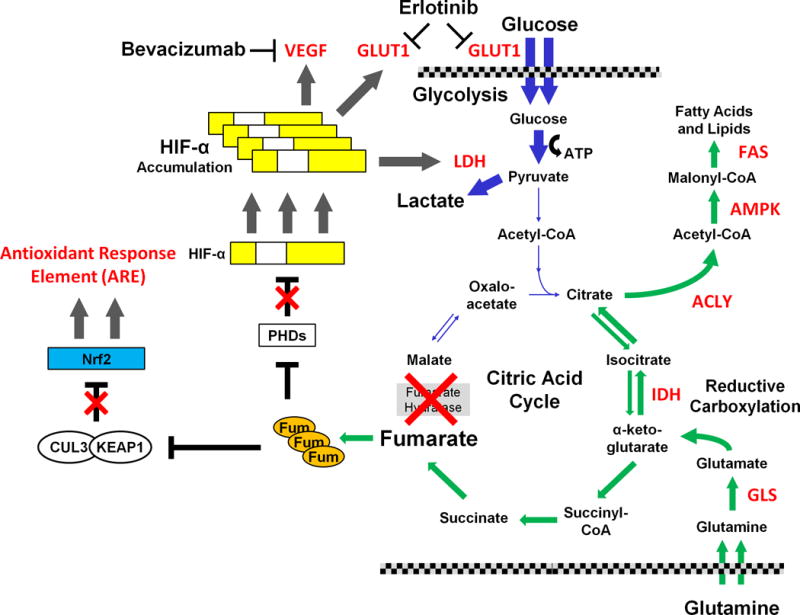Figure 2. Potential therapeutic targets: papillary type 2 renal cell carcinoma.

Loss of fumarate hydratase (FH) is associated with the familial form of type 2 papillary RCC and results in the activation of several pathways. The loss of FH activity suppresses flow through the citric acid cycle in the normal direction and impairs the cell’s ability to use oxidative phosphorylation, forcing the cells to be dependent upon glucose and glycolysis for energy production. The loss of canonical tricarboxylic acid cycle function results in usage of the reductive carboxylation pathway and increased glutamine uptake for fatty acid synthesis and, in a similar manner to clear cell RCC, provides a series of potential targets for therapy (highlighted in red) involved in the conversion of glutamine to fatty acids.
The highly increased levels of fumarate (Fum) result in inhibition of α-ketoglutarate depenedent enzymes such as the prolyl hydroxylases (PHDs). In normoxia, the PHDs hydroxylate the HIF-α transcription factors to allow for VHL-dependent degradation. In fumarate hydratase deficient RCC the HIF1α accumulates and activates downstream targets. This results in increased levels of vascular epithelial growth factor (VEGF), lactate dehydrogenase A (LDHA) and the glucose transporter, GLUT1, that support the high levels glycolysis required by this aggressive form of renal cell carcinoma. A therapeutic approach utilizing the combination of bevacizumab and erlotinib is currently being evaluated. In addition, the elevated levels of fumarate result in succination of multiple proteins including the KEAP1 protein, which, as part of an E3 ubiquitin ligase complex with CUL3, targets the NRF2 transcription factor for degradation. Succination of KEAP1 inactivates KEAP1 and inhibits NRF2 degradation, resulting in activation of the NRF2 antioxidant response element (ARE) transcription pathway. While mutation of fumarate hydratase is rarely seen in sporadic type 2 papillary RCC, recent studies have reported activation of the NRF2 pathway in sporadic type 2 PRCC due to inactivating mutations of CUL3 or activating mutations of NRF2. An intense effort is underway to develop therapeutic agents that target the NRF2 ARE pathway.
